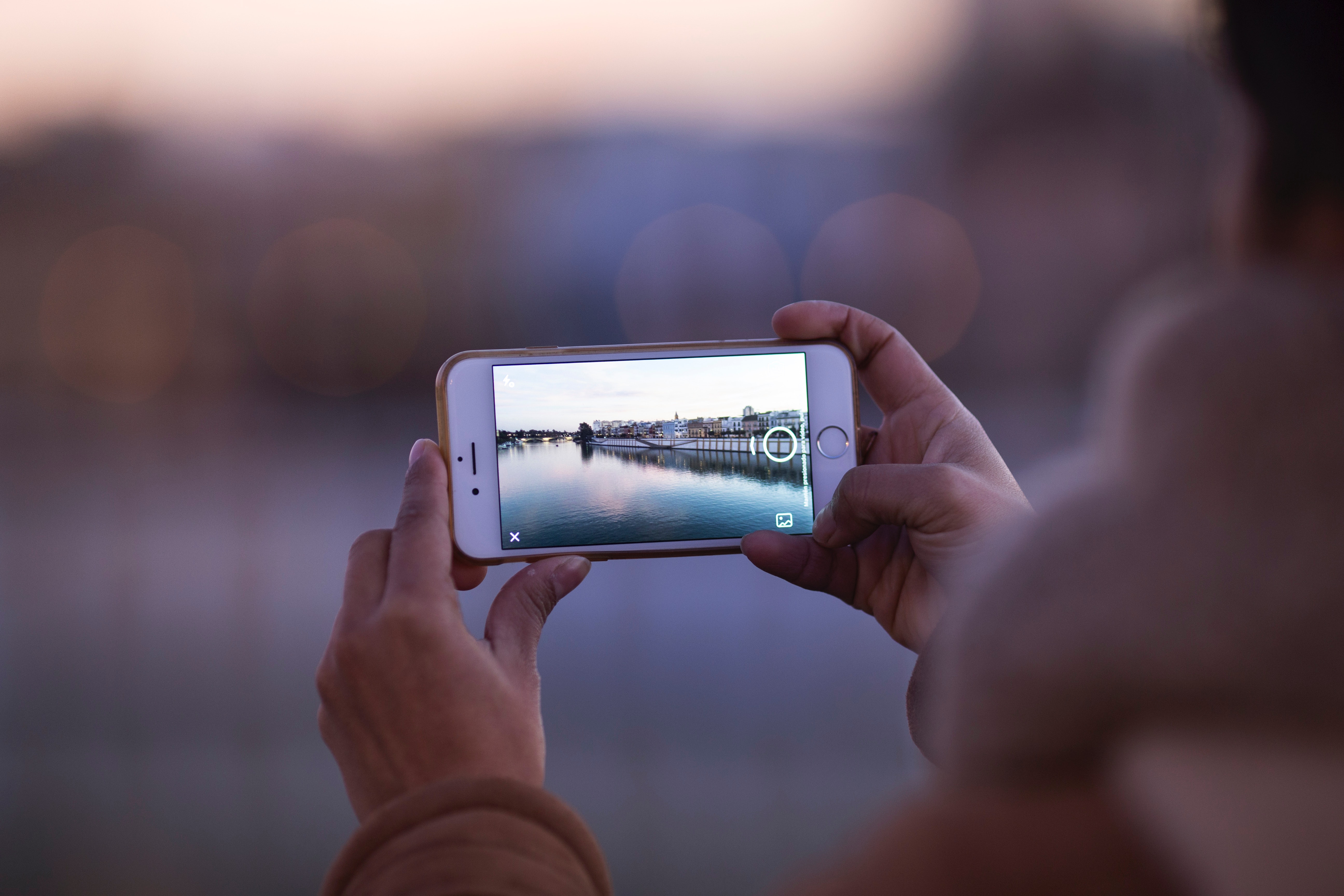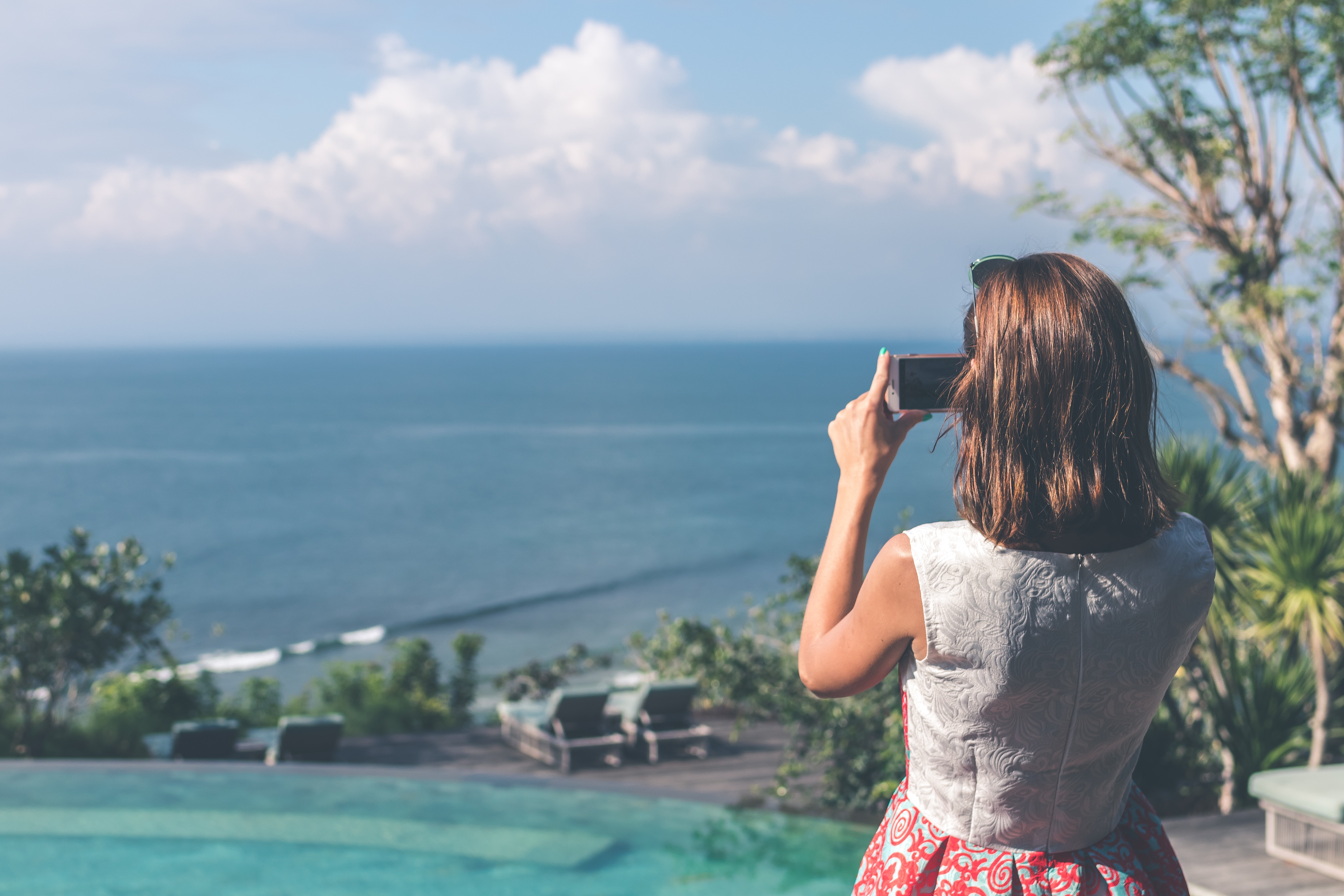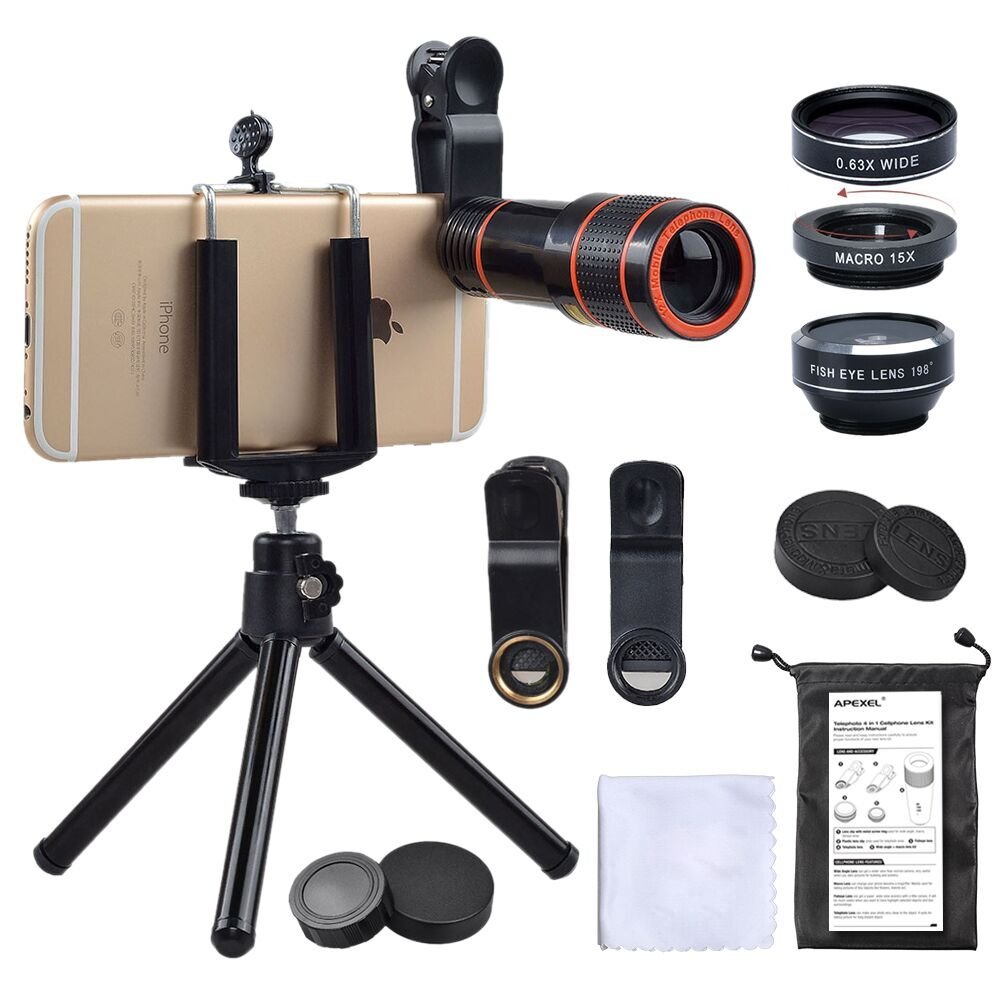Shooting With Your Phone
Posted in Home Video Tips on Aug 07, 2018
Shooting with your phone
One of the greatest things to come from the rise of smartphones is the easily accessible cameras that have become a cornerstone feature. That special moment is no longer missed when anyone can take a photo or video just by reaching inside their pocket. But with the rise of mobile cameras, there also came the surge of amateur media. Have you ever watched a phone video that was so shaky it gave you a headache? Or feel like you are missing vital parts on the edge of a Portrait oriented movie? Following are some general tips for shooting with our mobile phones, which will hopefully insure your next mobile video is one of the best.

Portrait vs. Landscape
A tale now as old as social media, the portrait versus landscape debate is focused on which way one holds their phone while shooting. Portrait orientation is when holding the phone vertically while landscape describes holding it horizontally. While different subject matters will call for different orientations, shooting video in landscape is highly suggested. If the video is to be viewed on a television, laptop, or PC, a video in landscape will appropriately fill the screen. A vertically shot video will be displayed smaller, with a large portion of the screen in black. If you want to share the video of that wedding, or dance recital, or award ceremony, with others, landscape orientation is your best route.

Being Outside
While phone are allowing for more and more editing to be done to photos and video, shooting them correctly from the get go will result in a finer finished product. The sun is earth’s amazing natural light source, but gives photographers little detail control when setting up shots. Shooting with a phone towards the sun will result in washed out of light, making the photo or video unsuitable. Use natural light behind you to light your subject. Similarly, there may be ambient sound that occurs while you are shooting. If this sound is too much, or louder than your subject, retake the shots. Audio can be played with and sometimes saved, but bad audio can ruin an otherwise perfect

Fun with Filters
Filters used with phone pictures are a great way to achieve a style or look that may otherwise involve extended time editing on a computer. Now the most popular looks are available at one’s fingertips. It can be, however, to shoot purely with filters. A photo taken with a filter applied often cannot have that filter removed. It is suggested to take normal photos and apply stylizations to them later.
Extras
If you are serious about your phone photography, there are many accessories on the market that can help enhance your media. Lens attachments can be used to give more control over depth or focus when using a phone camera. Here is an example of a simple lens kit:

https://www.amazon.com/Optical-Telescope-Fisheye-Universal-Samsung/dp/B072MZ42GW/
Recording sound that is not directly next to your phone can cause a number of auditory issues. Simple microphone plugins, utilizing the headphone jack, can do wonders for audio captured through a smartphone:

https://www.amazon.com/TONOR-Microphone-Interview-Omnidirectional-Smartphones/dp/B01EH6PK0C/
DID YOU KNOW? Most buttons will activate your phone’s camera shutter like a traditional camera; you do not have to always use the touch screen controls.
The main camera will shoot more pixels than your front facing (selfie) camera.
Most phone cameras let you focus by tapping an area of the screen.